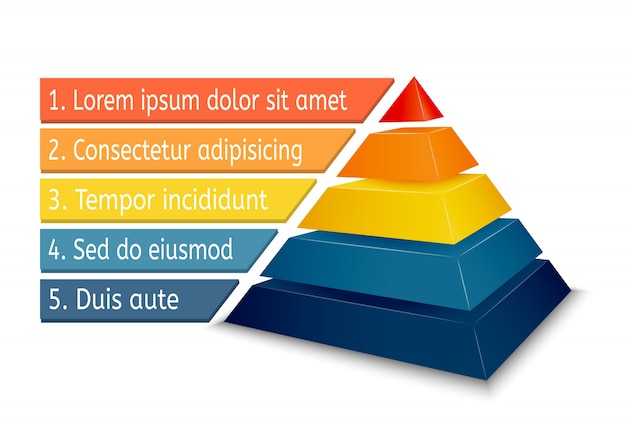Interesting Facts About Pyramids

The largest pyramid in Egypt is the Great Pyramid of Giza.
The pyramids of Egypt were built as tombs for the pharaohs and their families.
The pyramids were built over 4,000 years ago and are still standing today.
The construction of the pyramids required thousands of workers and incredible engineering skills.
The Great Pyramid of Giza was the tallest man-made structure for over 3,800 years.
The pyramids were originally covered in smooth, polished limestone.
The Great Pyramid of Giza is estimated to have been built with over 2 million stones.
It is believed that each pyramid took approximately 20 years to build.
The pyramids were aligned with the cardinal directions.
The pyramids were built on the west bank of the Nile River, as it was associated with the land of the dead.
The Great Sphinx, a large statue with the body of a lion and the head of a pharaoh, is located near the pyramids.
The pyramids were built during the Old and Middle Kingdoms of Ancient Egypt.
The pyramids served as symbols of power and wealth for the pharaohs.
The pyramids were designed as stairways for the pharaohs to ascend to the afterlife.
Each pyramid had an inner chamber where the pharaoh’s body and treasures were placed.
The Pyramids of Giza are the most famous and well-preserved pyramids in the world.
The pyramids were built using a combination of ramps, pulleys, and sledges.
Interesting Facts About Pyramids part 2
The hieroglyphs found inside the pyramids provide valuable information about ancient Egyptian beliefs and rituals.
The pyramids were constructed using limestone blocks that were quarried nearby.
The Pyramids of Giza were originally covered in a casing of white limestone, giving them a smooth, shiny appearance.
Despite their massive size, the pyramids were built with remarkable precision.
The construction of the pyramids required extensive planning, organization, and manpower.
The Great Pyramid of Giza was originally 481 feet tall, but it has lost some of its height over time.
The pyramids were built as part of a larger complex that included temples and smaller pyramids for family members.
The pyramids served as a link between the pharaoh’s earthly life and their journey to the afterlife.
The interior of the pyramids contains intricate passageways and chambers.
The pyramids were built to align with certain constellations and astronomical events.
The construction of the pyramids involved a hierarchy of workers, from skilled artisans to manual laborers.
The pyramids were built using a form of ancient Egyptian writing called hieroglyphs.
Each pyramid was built with a specific purpose and significance to the pharaoh it was constructed for.
The pyramids of Egypt are one of the Seven Wonders of the Ancient World.
The oldest pyramid in Egypt is the Pyramid of Djoser, built during the Third Dynasty.
The pyramids were built with such precision that the four sides of the Great Pyramid of Giza are almost perfectly aligned with the cardinal directions.
The pyramids were built without the use of modern tools and machinery.
The construction of the pyramids required a massive amount of organization and logistics.
The pyramids are not only found in Egypt but also in other parts of the world, such as Mexico and Sudan.
Some archaeologists believe that the pyramids may have served as power plants or energy generators.
The pyramids were built to withstand the test of time and have become iconic symbols of ancient Egypt.
The pyramids were built as lasting monuments to the pharaoh’s legacy and achievements.
The pyramids were constructed using a combination of mathematics, geometry, and engineering skills.
The construction of the pyramids was seen as a sacred duty and a way to honor the pharaoh’s divine status.
The pyramids were built with such precision that there is hardly any gap between the blocks used in their construction.
The pyramids were built in a pyramid shape to symbolize the pharaoh’s ascent to the afterlife.
The pyramids have attracted tourists and visitors from all over the world for centuries.
The pyramids continue to be a source of fascination and mystery, with new discoveries and research being conducted to uncover their secrets.

